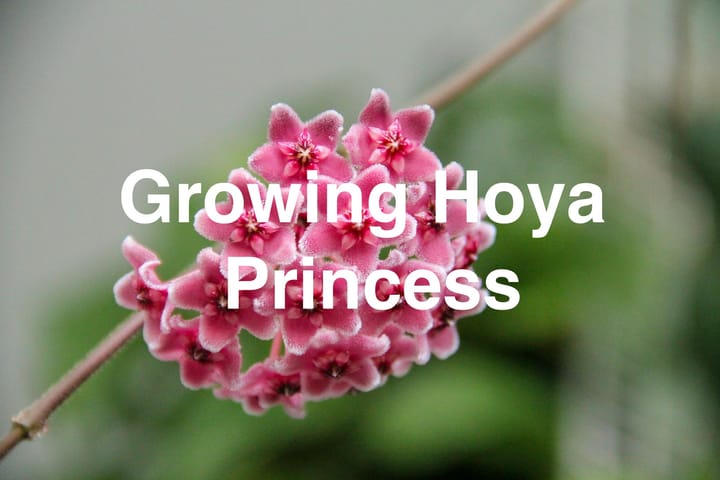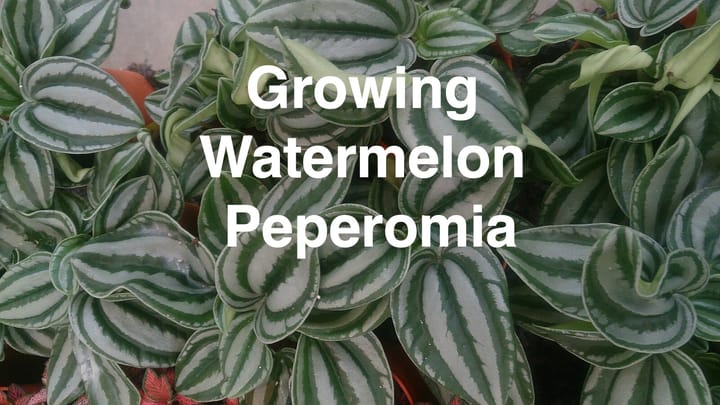How to Grow Montauk Daisies
Growing Montauk daisies (Nipponanthemum nipponicum) can be a rewarding experience as they add a touch of elegance to your garden.

Table of Contents
These lovely perennials, native to Japan and closely related to chrysanthemums, have become naturalized along the eastern coast of the United States, showcasing their adaptability and resilience.
To ensure their successful growth, you must provide well-draining soil and plenty of sunlight, as wet conditions and too much shade can lead to rot and fungal diseases.
By carefully tending to your Montauk daisies, you can enjoy their early autumn blooms that will brighten your garden space.
About Montauk Daisies
Montauk daisies (Nipponanthemum nipponicum) or Nippon Daisy are perennials originating in Japan. They are closely related to both chrysanthemum and leucanthemum plants.
These daisies are recognized for their vibrant color and white petals, serving as a popular choice for garden enthusiasts.
These plants typically grow to 3 feet (91 cm) and can form shrub-like mounds if left untended. Montauk daisies thrive in USDA zones five through nine, preferring full sun and well-draining soil for optimal growth.
Planting Nippon Daisy
To grow Montauk Daisies, choose a location in your garden with well-draining soil and full sun exposure.
These native plants, known for their tolerance to various conditions, prefer a pH between 6.0 and 7.0 and can thrive in containers and established gardens.
In the fall, transplant your Montauk Daisies to their permanent location, ensuring the top of the root ball is at ground level.
They grow well in USDA hardiness zones 5 through 9 and can adapt to different soil types, ensuring successful planting in various conditions.

Caring for Montauk Daisy
Sun and Temperature
Montauk daisies thrive in full sun and can tolerate a range of temperatures. They are hardy in zones 5-9 and can survive light frosts.
Water and Humidity
These perennials are drought-tolerant, so water them moderately and allow the soil to dry between waterings. Humidity isn't a significant concern for Montauk daisies.
Soil and Fertilizer
Plant Montauk daisies in well-draining soil with a pH between 6.0 and 6.5. A mix of garden soil, sand, and compost works well. Apply a balanced fertilizer in spring to support healthy growth.
Repotting
When your Montauk daisies outgrow their container, transplant them into a bigger pot with fresh, well-draining potting mix. Be careful not to damage the roots during repotting.
Pruning and Propagation
It's essential to prune Montauk daisies in early spring for a compact and bushy appearance. You can propagate them using stem cuttings or root division during spring or early summer.
Troubleshooting Plant Problems
Growing Problems
Montauk daisies can face rot and fungal diseases if planted in wet soil and shaded areas.
They can also become leggy and flop over if left untended, as they grow in shrub-like mounds up to 3 feet tall and wide.
To prevent these problems, plant your Montauk daisies in a sunny location with well-draining soil, and be mindful to regularly prune them to maintain their shape and encourage healthy growth.
During the midsummer and fall blooms, you might notice the foliage near the bottom of the plant yellowing and dropping.
Monitor the plant's health and take actions like pruning and transplanting, if needed, to ensure optimal growth and flowering.
Pests and Diseases
Montauk daisies are relatively carefree plants with few serious insect or disease problems.
Leaf spots, stem rots, and leaf miners are occasional concerns, but they don't typically cause significant damage. To prevent these issues, maintain healthy growing conditions, and properly care for your Montauk daisies.
Observe your plants regularly for signs of pests or diseases, and take prompt action if you notice their presence.
This could include removing affected foliage or using organic pest control methods to address insect infestations.
Conclusion
Caring for Montauk daisies involves providing the right environment to help them thrive.
Ensure they can access full sun and well-draining soil, as these conditions will give you beautiful white, perennial flowers.
Maintain proper soil conditions and care for your Montauk daisies to enjoy these ornamental plants.
By doing so, you will have a stunning addition to your garden that will brighten the landscape throughout the fall.
Frequently Asked Questions
When should Montauk daisies be pruned?
Montauk daisies should be pruned in early spring before new growth starts. Prune back six inches above the ground to promote bushy growth and abundant blooms.
How much sunlight is needed for optimal growth?
Montauk daisies thrive in full sun, requiring at least six hours of direct sunlight daily. Too little sunlight can lead to fewer blooms and a leggy appearance.
Do Montauk daisies require any special winter care?
In colder climates, adding a layer of mulch around the base of your Montauk daisies is recommended to protect their roots from winter frost damage. Additionally, avoid pruning too late in the season, as frost may damage new growth.
Are there common pests affecting Montauk daisies?
Montauk daisies are relatively pest-free but may occasionally be affected by leaf spots, stem rots, and leaf miners. Inspect your plants regularly and treat any issues early to maintain healthy growth.
What is the best method for transplanting Montauk daisies?
Transplant Montauk daisies in early spring or late fall when the plant is dormant.
Carefully dig up the root ball, ensuring minimal root disturbance, and plant it in a well-prepared hole at the same depth as the original location. Water thoroughly to help establish the roots in their new environment.


